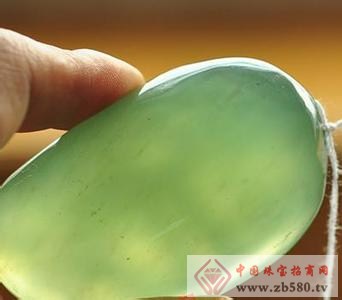If 8000 years ago, the ancestors of the Xinglong ancestors and the ancestors of the Red Mountain 5,000 years ago used the Xiuyan tremolite jade carving to create a beautiful jade, which laid the foundation of Chinese jade culture, then the spread of Xiuyan tremolite jade made Yucheng It is an important carrier of the Chinese civilization that has not been interrupted for thousands of years. Archaeological discoveries and research results show that the northeast region is the core area of ​​the origin and early development of Chinese jade culture. In the northeastern part of the northeastern region except the western Liaoning, the middle and lower reaches of the Yellow River and many archaeological cultures in the Neolithic Age of the Yangtze River Basin, traces of Xiuyan jade were found, demonstrating the deep influence of Xiuyan jade in ancient Chinese society. According to his own examination, Deng Cong estimated that China may use Xiuyan tremolite jade in the Neolithic Age from the north to the Heilongjiang River and south to the Yangtze River coast for thousands of kilometers. He believes: "At least in the 7000-8000 years ago, the southeastern Inner Mongolia and the three northeastern provinces have used Xiuyan tremolite jade to form the prototype of the early tremolite jade circulation network in northern China." Archaeological discoveries, the culture of the northeastern region such as Inner Mongolia Xiaoheyan culture and Liaoning Xinle culture, the jadeware of Shandong Dawenkou culture and Longshan culture are mainly made of Xiuyan tremolite jade; and Hebei, Shanxi, Henan, and even Jiangsu and Zhejiang. Some of the Liangzhu culture jade articles are also made of Xiuyan tremolite jade. Based on the available data, Wang Shizhen roughly sketched a map of the Xiuyan jade from the Neolithic Age to the Han Dynasty. From the current Xiuyan rock in Liaoning, it radiated in the north, west and south directions. To the north to Jilin and Heilongjiang; to the west to the southeast of Inner Mongolia and Inner Mongolia, and then to the south to Hebei, Shanxi, Henan and northern Shaanxi; to the south through the Liaodong Peninsula and the Bohai Sea, the island of the island has spread to the south, and then to the south The Jianghuai and the middle and lower reaches of the Yangtze River and even the farther Guangdong region cover a vast area of ​​eastern China. Qiu Licheng, a researcher at the Guangdong Provincial Institute of Cultural Relics and Archaeology, said: Two pieces of the Neolithic jade, unearthed in Tianyu, Haifeng County, Guangdong Province, are jadeite, which is yellowish green. There is no jade mine and prehistoric production site in Nanling, and jade articles are unearthed in the coastal area. The shape of the jade is similar to that of Liangzhu Culture. He speculated that it might be Xiayan Yunan. He believes: "The distribution of Xiuyan jade from north to south reflects the extension of tremolite jade culture in East Asia and is of great importance in exploring the formation of ancient Chinese concepts." Archaeological research also proves that Xiuyan jade was used as one of the important jade materials in the Yinxu Women's Tomb, the jade artifacts unearthed in the Mancheng Han Tomb and the court jade. It is no wonder that Wang Hao said: "The Xiuyan Twilight Stone Jade not only has a foundation for Chinese jade culture, but also the only witness to the history of China's eight thousand years of jade culture." 10 S Imitation Nitrile,Imitation Of Cashmere,Cashmere Fabrics Chenille,Raw Materials For Chenille Clothing Changzhou Shengqiang Textile Factory , https://www.czsqfz.com
August 05, 2021